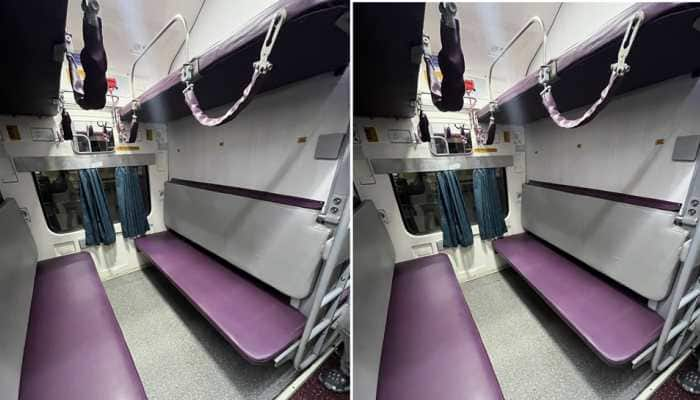NASA's New Horizons creates history, captures farthest images by any spacecraft
The new images released by NASA on Thursday were captured by New Horizons when the spacecraft was more than 6.12 billion km away.
Trending Photos
) Image courtesy: NASA/JHUAPL/SwRI
Image courtesy: NASA/JHUAPL/SwRI New Delhi: Recently, NASA's New Horizons spacecraft turned its telescopic camera toward a field of stars and managed to capture record-breaking images in the Kuiper Belt.
By capturing the farthest images from Earth by a spacecraft, New Horizons has made history and surpassed the Voyager 1's record of capturing an image when it was 6.06 billion km away from Earth.
NASA's New Horizons' Pluto flyby brought what is known as the smallest and coldest planet in our solar system - Pluto - into focus in July 2015.
Outlining the dwarf planet's geology and composition, along with details about the unexpected haze in the planet's atmosphere and its interaction with the solar winds, New Horizons has since revolutionized scientists' and the world's understanding of Pluto.
From the planet's icy volcanoes to the activities of its five moons, the probe has given us plenty to think about.
On Thursday, NASA released the new images that were captured by New Horizons when the spacecraft was more than 6.12 billion km away.
"New Horizons has long been a mission of firsts -- first to explore Pluto, first to explore the Kuiper Belt, fastest spacecraft ever launched," said New Horizons Principal Investigator Alan Stern of the Southwest Research Institute in Boulder, Colorado.
"And now, we've been able to make images farther from Earth than any spacecraft in history," Stern said.
The routine calibration frame of the "Wishing Well" galactic open star cluster on December 5 was taken when New Horizons was 6.12 billion km from Earth – making it, for a time, the farthest image ever made from Earth, NASA said.
New Horizons was even farther from home than NASA's Voyager 1 when it captured the famous "Pale Blue Dot" image of Earth.
That picture was part of a composite of 60 images looking back at the solar system, on February 14, 1990, when Voyager was 6.06 billion km from Earth.
Voyager 1's cameras were turned off shortly after that portrait, leaving its distance record unchallenged for more than 27 years.
About two hours later, New Horizons later broke the record again with images of Kuiper Belt objects 2012 HZ84 and 2012 HE85.
They are also the closest-ever images of Kuiper Belt objects.
New Horizons covers more than 1.1 million km of space each day (KBO).
On December 9, 2017, it carried out the most-distant course-correction manoeuver ever, as the mission team guided the spacecraft toward a close encounter with a KBO named 2014 MU69 on January 1, 2019.
The coming New Year's flight past MU69 will be the farthest planetary encounter in history, happening one billion miles beyond the Pluto system – which New Horizons famously explored in July 2015, NASA said.
(With IANS inputs)
Stay informed on all the latest news, real-time breaking news updates, and follow all the important headlines in india news and world News on Zee News.
Live Tv







)
)
)
)
)
)
)
)
)
)
